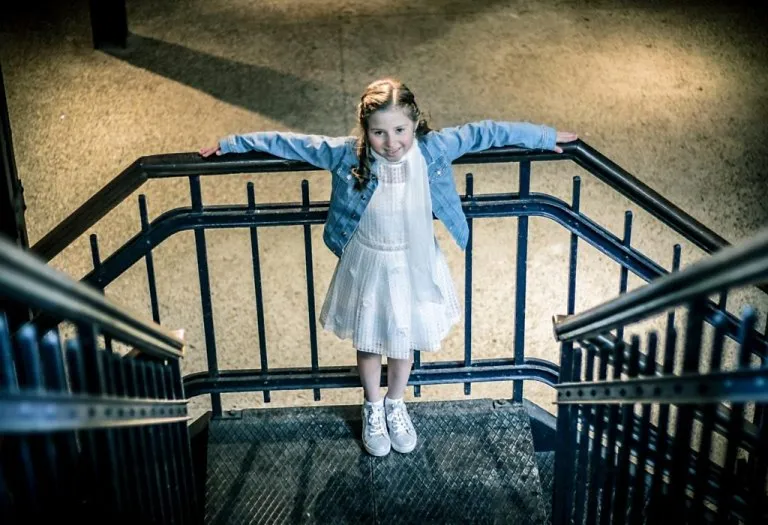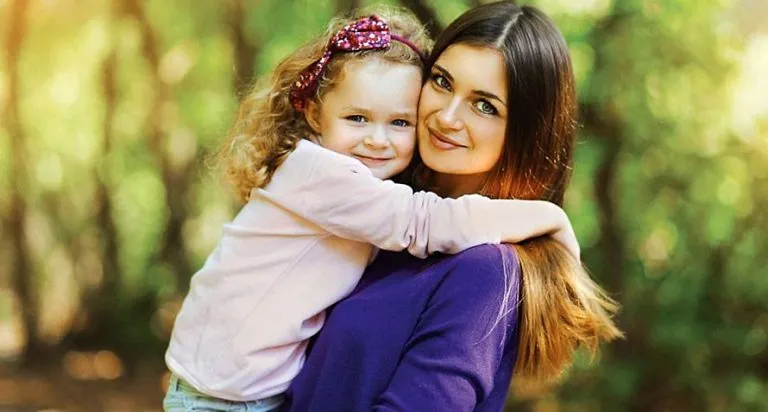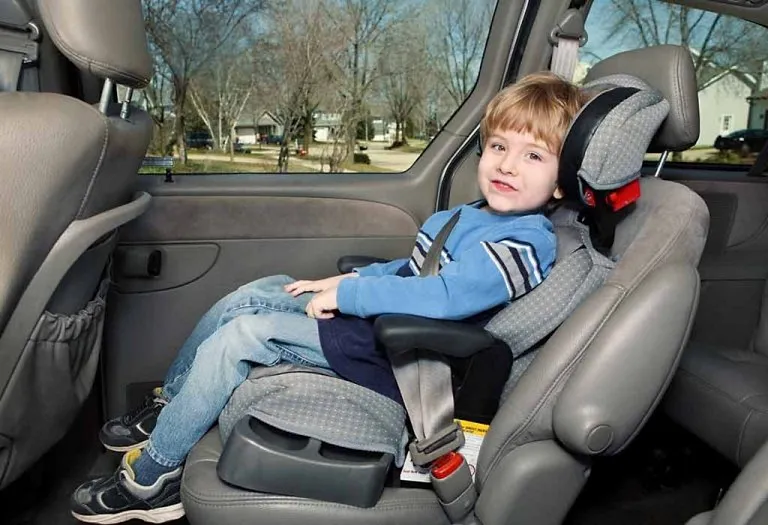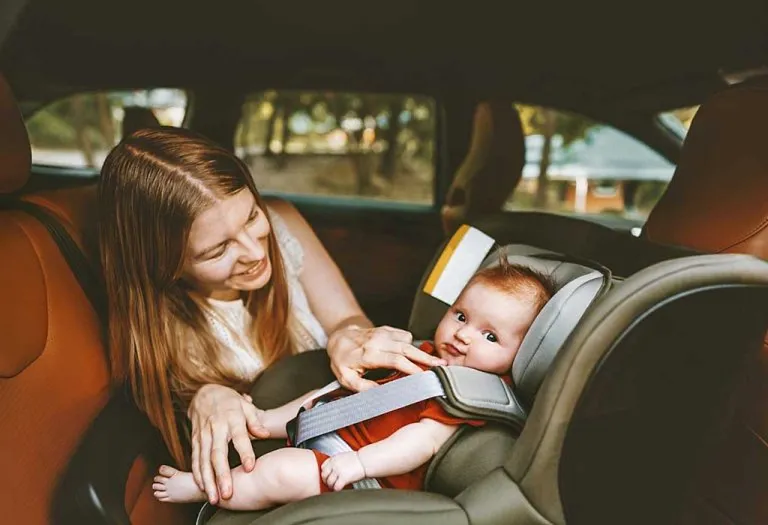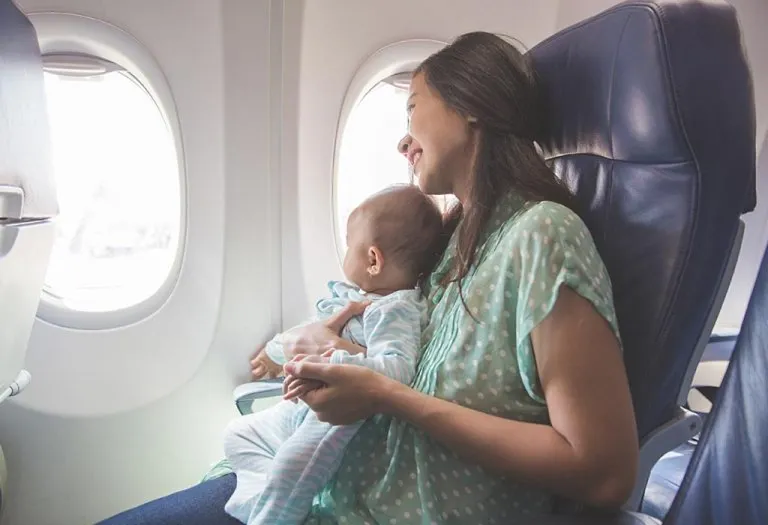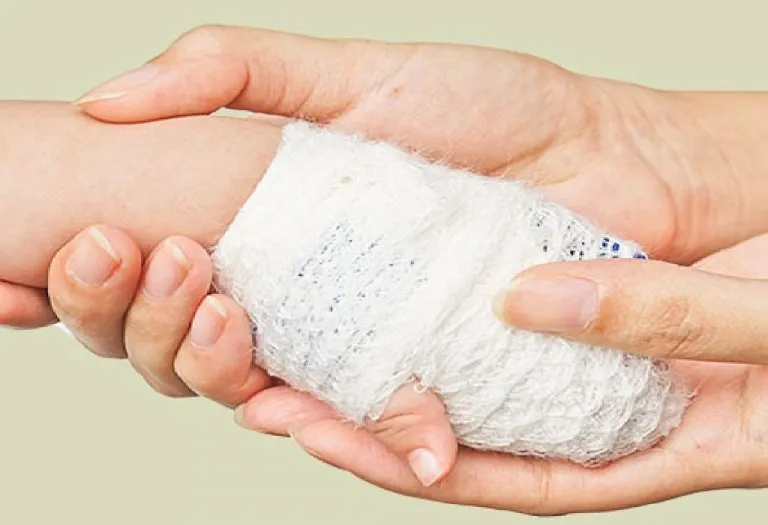10+ Ideas To Toddler Proof Your Stairs
It’s believed that more than 9 million children get injured at home each year, and the leading cause for such injuries is falls suffered from stairs. So, if you have a staircase at home make sure you’ve installed baby safety gates for stairs and know of other things too.
Most moms these days seem to be more aware of the age-old adage “prevention is better than cure”. So they take to baby-proofing their homes but often miss out on the most crucial of them all, that of baby-proofing their staircase. To create a really safe and sound environment, parents should start with the stairs. Here is a list of the five ways to can go about safeguarding your little munchkin from a fall from a staircase by child-proofing stairs.
When to Start Baby-proofing the Staircase
Baby-proofing your staircase should ideally start as soon as your baby begins to show signs of mobility, typically around 6 to 8 months old. At this stage, babies may start to crawl or scoot, which increases the risk of accidents. It’s best to install safety gates at the top and bottom of the stairs early on to prevent any mishaps.
Benefits of Baby-proofing the Staircase
Baby-proofing the staircase provides several important benefits that ensure your child’s safety and peace of mind:
1. Prevents Accidents
By installing gates and securing the staircase, you can prevent falls or tumbles, reducing the risk of serious injuries for babies who are curious and active.
2. Encourages Independent Play
With a secure environment, babies can explore their surroundings safely, giving them the freedom to move around without constant supervision near the stairs.
3. Reduces Parental Stress
Knowing that you have baby-proofed the stairs staircase alleviates worries about potential falls, allowing you to focus on other tasks while your baby plays safely.
4. Protects Older Siblings
Staircase baby-proofing benefits not only infants but also toddlers or young children who may not have mastered the skill of safely navigating stairs.
5. Promotes Early Safety Awareness
Introducing baby-proofing measures teaches children about boundaries and safety from an early age, establishing a foundation for responsible behavior.
6. Minimizes Damage to Property
Padding or baby-proofing sharp edges or railings can prevent damage caused by toddlers’ toys or objects that may otherwise hit the stair structure.
How to Baby-proof Stairs for Your Child’s Safety
Baby-proofing your staircase is a crucial step to ensure your child’s safety as they begin to explore their environment. With the right precautions, you can minimize the risk of accidents and create a secure home. Here are effective ways to baby-proof stairs and keep your child safe.
1. Keep the Staircases Free of Obstacles
It’s essential to keep one’s stairs free of all obstacles. Items like toys or even clothing, if left strewn about on the stairs, are bound to cause a trip and fall accident sooner or later when your toddler is on the prowl. Even if it is just one stair, keep it obstacle-free to ensure your baby’s safety.
2. Use Baby Gates
Baby safety gates for stairs offer the best baby-proofing solution to prevent your child from climbing stairs and injuring themselves in the process. With one installed in your home, you don’t have to worry about keeping a constant eye on your child. Care should be taken, however to choose the right kind of baby gate to not just suit your staircase but also your lifestyle. How many times in a day is the staircase in use? Do you need to cordon off other adjoining areas as well, or do you need to carry your baby or the laundry upstairs? These are some factors that should be taken into consideration before settling down on a baby gate that works for you.
3. Baby Gates for the Top and Bottom of the Staircase
Having a staircase, big or small, calls for the installation of a safety gate at the top and bottom of the stairs. Ensure your baby gate is tall enough for your toddler to not climb over. Care should also be taken to have a properly installed baby gate, especially at the top of the stairs, for falls have a greater impact from that height. A baby gate for the top of stairs that can be screwed into the walls or banister is highly recommended as opposed to retractable gates that can come loose over time if it is constantly leaned on or pushed against.
4. Baby Proof the Stair Railing
Stair-proofing for 12-month-old babies or toddlers should be extended to the railing as well. If the railing is too wide, children can easily push themselves and fall through it. Even a narrow railing can see you baby’s head get stuck through it if they push hard enough. A variety of banister guards made from safety sheeting come just for this purpose. There are plastic sheets that come with zip ties that can be secured to the banister to cover up the gaps. Another option for a banister guard is one made from fibreglass, which is much sturdier and can be affixed to the outer part of the railing.
5. Carpeting the Stairs
Carpeted stairs are usually the preferred choice when it comes to baby’s safety. Needless to say carpets help soften the blow when children suffer a fall. It’s a useful option when your child is a bit older to run up and down the stairs. Care should be taken, however, to keep your stair carpeting in good shape. Torn or frayed carpets can easily cause a tumble when one’s foot gets caught in it. Repair the carpet wherever required or change it if you need to restrict tumbles.
6. Install Anti-slip Strips on Stairs
Adding anti-slip strips to each step can prevent slipping accidents. These strips provide extra traction, reducing the risk of falls for both toddlers and adults.
7. Use Handrails for Added Support
Installing sturdy handrails at a lower height, suitable for toddlers, can help them maintain balance when they are ready to start navigating the stairs under supervision.
Ways to Baby-proof Stair Railings
Baby-proofing stair railings are essential to prevent accidents, as babies and toddlers may attempt to squeeze through or climb on them. By securing your stair railings, you can reduce the risk of falls or injuries. Here are some effective ways to baby-proof stair railings.
1. Install Banister Guards
Banister guards made of plastic, mesh, or acrylic can be attached to the railing to cover gaps. These guards prevent babies from sticking their heads or limbs through the spaces between railings.
2. Use Rail Padding
Soft rail padding can be wrapped around the railings to cushion any impact in case your baby bumps into them. This is especially useful for preventing head injuries if your baby plays near the stairs.
3. Tighten Loose Railings
Inspect your stair railings regularly for loose or wobbly sections. Tighten or repair any loose rails to ensure they don’t pose a hazard if your baby pulls or leans on them.
4. Add Plexiglass Barriers
Clear plexiglass barriers can be installed along the length of the railing, offering a secure and aesthetically pleasing option. These barriers block any gaps while still allowing visibility.
Things You Should Avoid While Baby-proofing the Staircase
When baby-proofing your staircase, it’s important to take the right precautions, but it’s equally important to avoid common mistakes that could compromise your child’s safety. Here are some things you should avoid while baby-proofing your staircase.
1. Avoid Using Pressure-Mounted Baby Gates at the Top of Stairs
Pressure-mounted gates can easily come loose if leaned on or pushed against, posing a serious risk at the top of stairs. Always opt for hardware-mounted gates at the top to ensure maximum safety.
2. Don’t Overlook Proper Gate Height
Choosing a gate that is too short can be dangerous, as toddlers may try to climb over it. Ensure the gate is tall enough to prevent climbing, especially as your child grows.
3. Avoid Skipping Regular Maintenance
Baby-proofing doesn’t end with installation. Failing to check and maintain gates, guards, and other safety measures could lead to failures over time, so regular inspections are crucial.
4. Don’t Use Loose Carpeting on Stairs
Loose or frayed carpets can be a tripping hazard. Avoid using unsecured rugs or carpets on stairs, and ensure any stair carpeting is securely fastened and in good condition.
FAQs
1. At what age should I start toddler-proofing the stairs?
It’s best to start toddler-proofing the stairs around the time your child begins crawling, usually between 6 and 9 months old. Even if they are not walking, they may attempt to climb or explore the stairs, increasing the risk of accidents.
2. Can I use a baby gate for a wide staircase?
Yes, for wider staircases, you can use specially designed baby gates that come with extensions. These gates can be adjusted to fit larger spaces, ensuring your toddler is safely kept away from the stairs.
3. Should I baby-proof spiral staircases differently?
Spiral staircases often require additional safety measures, such as custom-fitted gates and more thorough railing protection, as the spaces between rails may be wider, and the design can increase the risk of falls.
Baby gates, if selected and installed correctly, can safeguard your child from many falls and injuries. As important as it is to baby-proof your stairs, it’s equally important to note that child-proofing stairs should be done according to your baby’s age. Safety gates do well for babies who are able to crawl about or are learning to walk. These gates eventually run out their length of time. Rather as soon as your baby is able to climb over them, they become more of a hazard. In that case, it’s best to remove them and turn them on to carpeting. Either way, your baby’s safety comes first.
References/Resources:
1. Baby Proofing for Staircases: Installing Baby Gates and Safety Measures; StaySafe.org.; https://staysafe.org/family-safety/safe-baby-proofing-for-staircases
2. Kendrick. D, Zou. K, Ablewhite. J, Watson. M, et al.; Risk and protective factors for falls on stairs in young children: Multicentre case-control study (Archives of Disease in Childhood); ResearchGate; https://www.researchgate.net/publication/286477637_Risk_and_protective_factors_for_falls_on_stairs_in_young_children_Multicentre_case-control_study; December 2015
3. Dao. A, McMullin. J; Unintentional Injury, Supervision, and Discourses on Childproofing Devices (Medical Anthropology); National Library of Medicine; https://www.ncbi.nlm.nih.gov/pmc/articles/PMC6342623/; August 2018
4. Stair Safety; Child Injury Prevention Alliance; https://www.childinjurypreventionalliance.org/stair-safety
5. Babyproofing Tips for Infants and Young Children; Stanford Medicine; https://healthier.stanfordchildrens.org/en/baby-proofing-tips/
6. Beirens. T, Brug. J, van Beeck. E, Dekker. R, den Hertog. P, Raat. H; Assessing psychosocial correlates of parental safety behaviour using Protection Motivation Theory: stair gate presence and use among parents of toddlers; Oxford Academic; https://academic.oup.com/her/article/23/4/723/590775; August 2008
7. Childproofing Your Home; National Safety Council; https://www.nsc.org/community-safety/safety-topics/child-safety/childproofing-your-home
Also Read:
Tips to Baby Proof Fireplace
How to Toddler Proof Your Doors
Easy and Unique DIY Baby Gate Ideas
Wonderful Ways To Keep Your Baby Safe and Protected
Was This Article Helpful?
Parenting is a huge responsibility, for you as a caregiver, but also for us as a parenting content platform. We understand that and take our responsibility of creating credible content seriously. FirstCry Parenting articles are written and published only after extensive research using factually sound references to deliver quality content that is accurate, validated by experts, and completely reliable. To understand how we go about creating content that is credible, read our editorial policy here.





